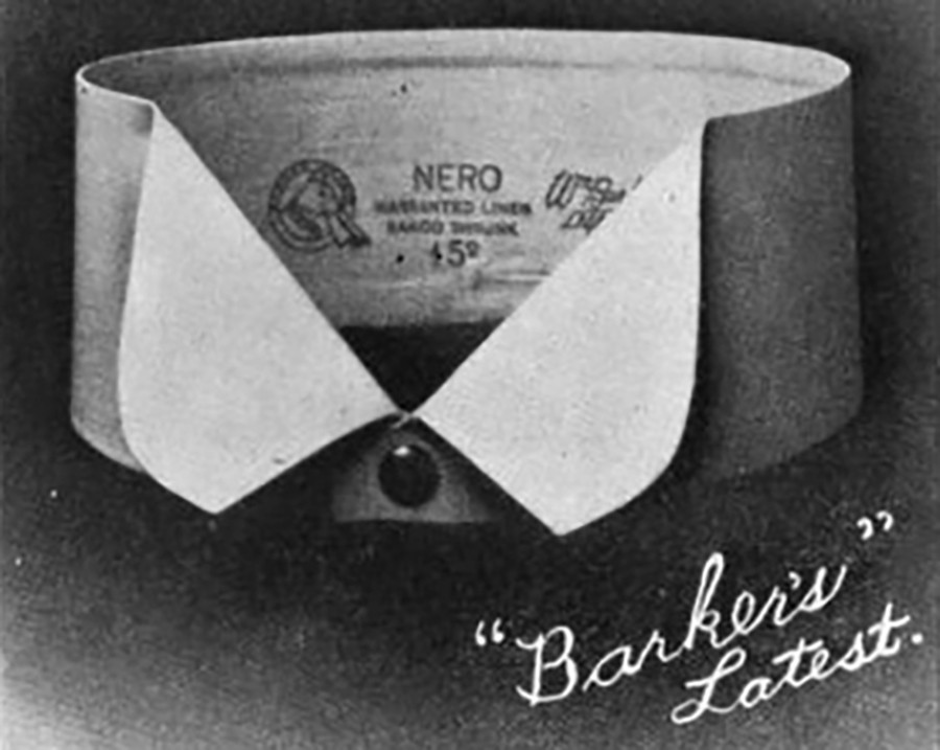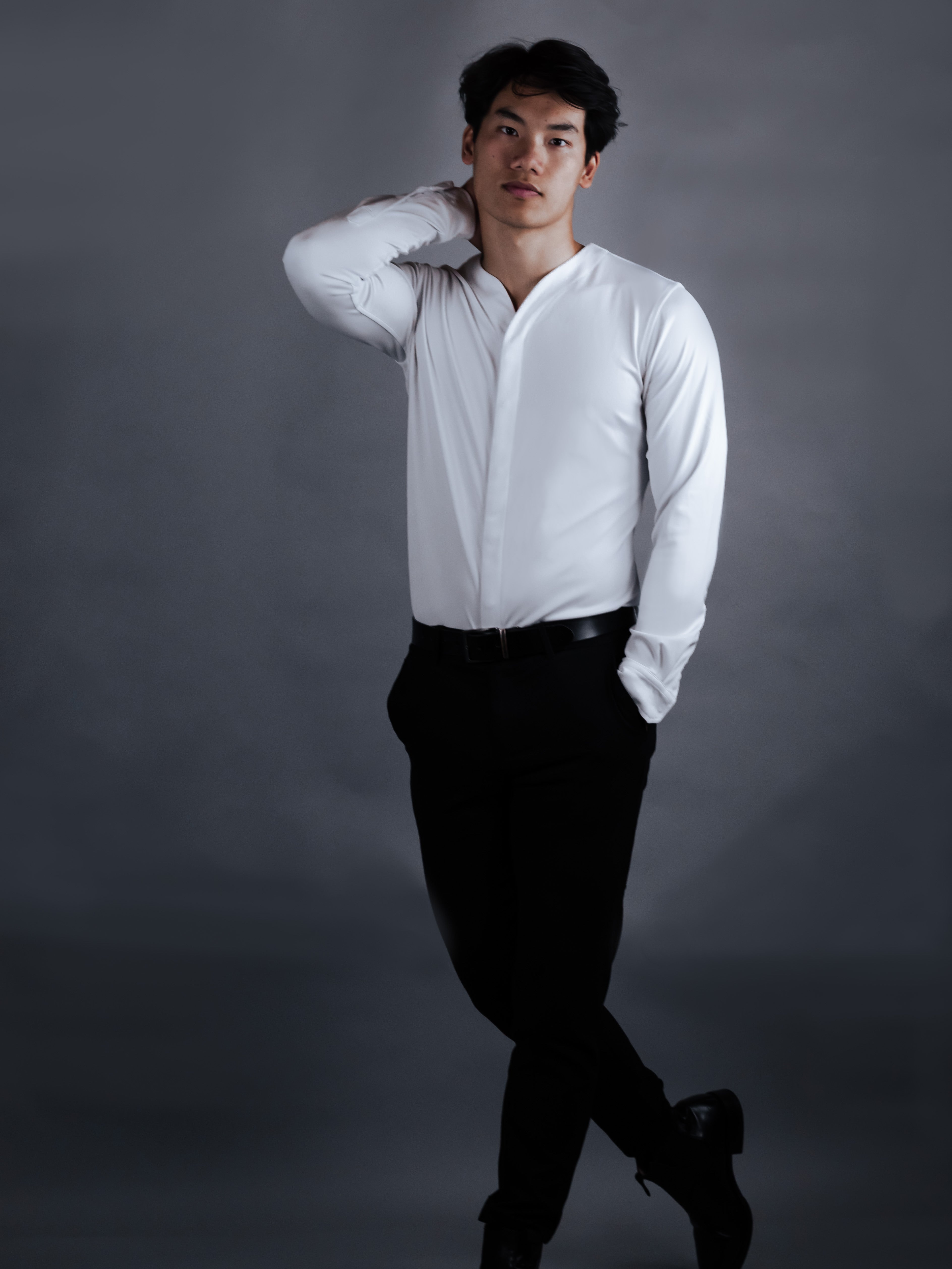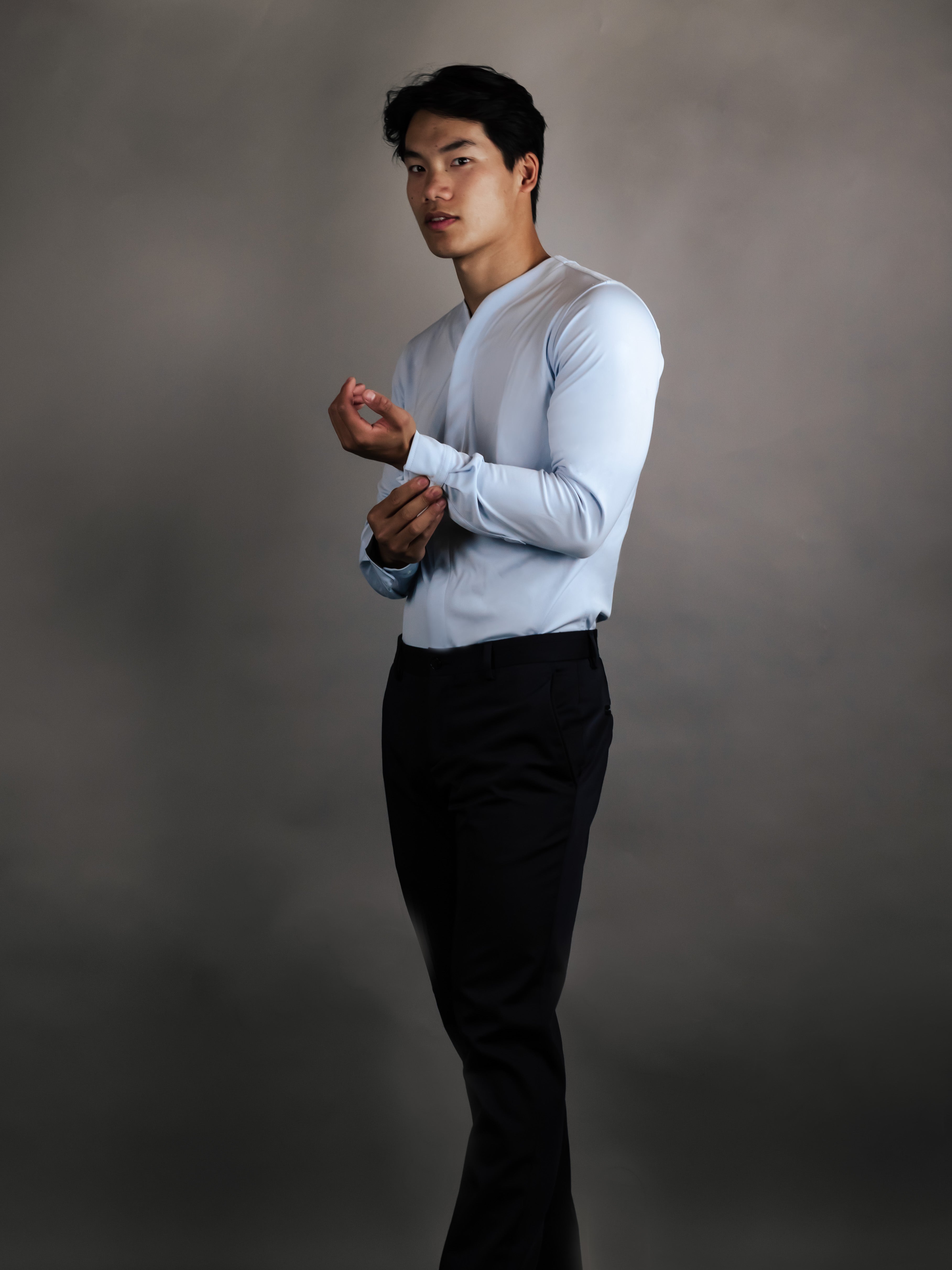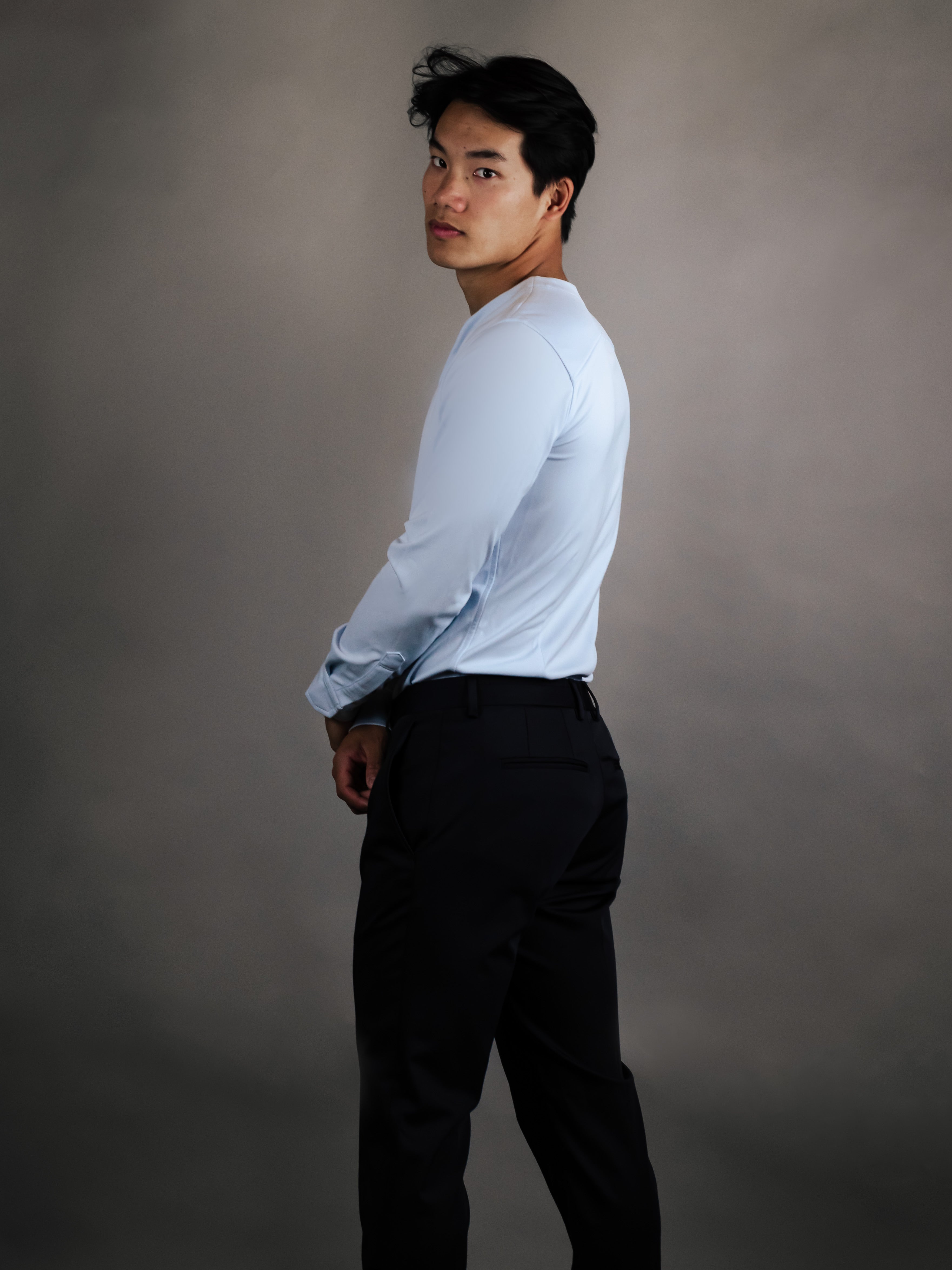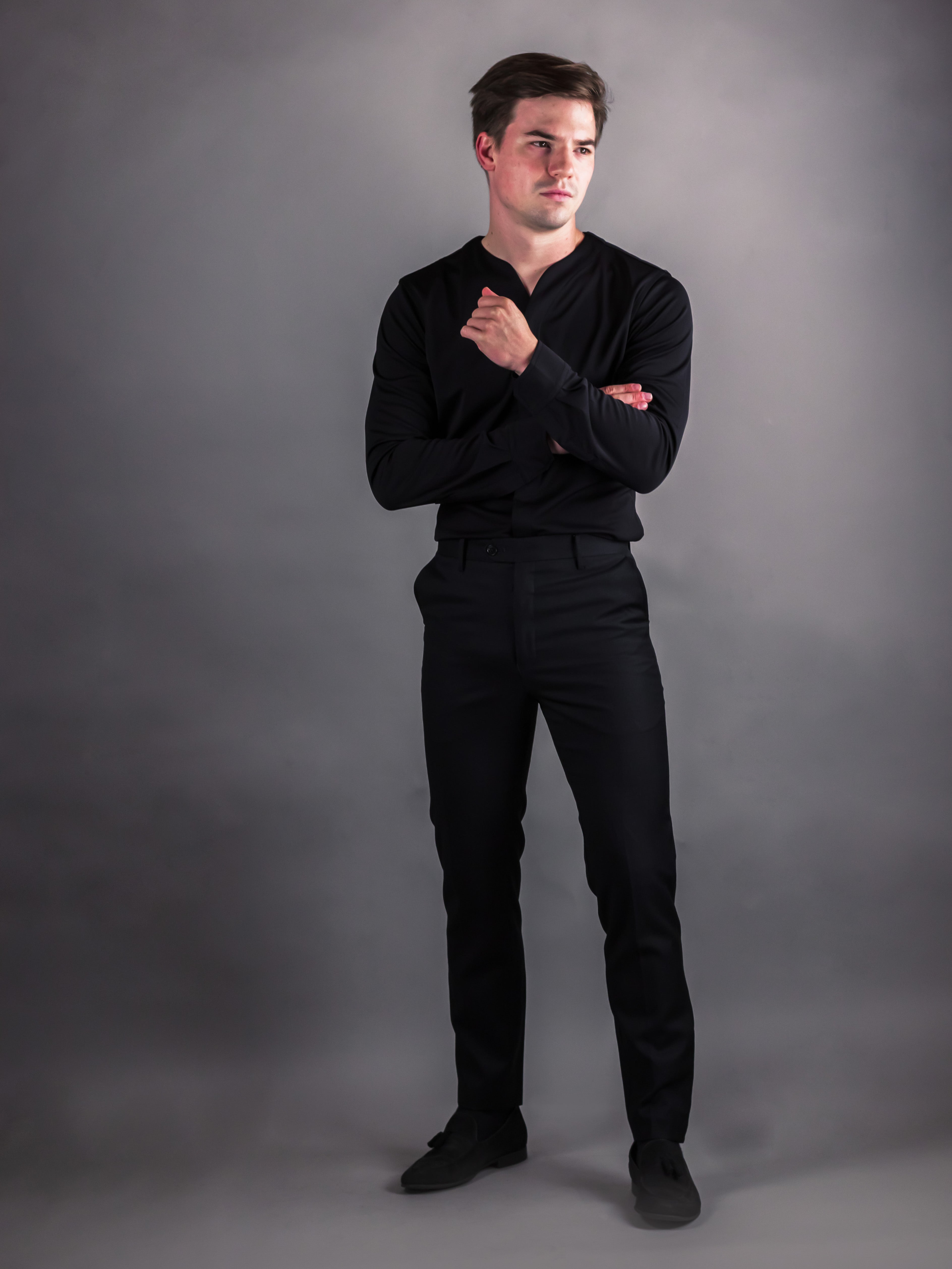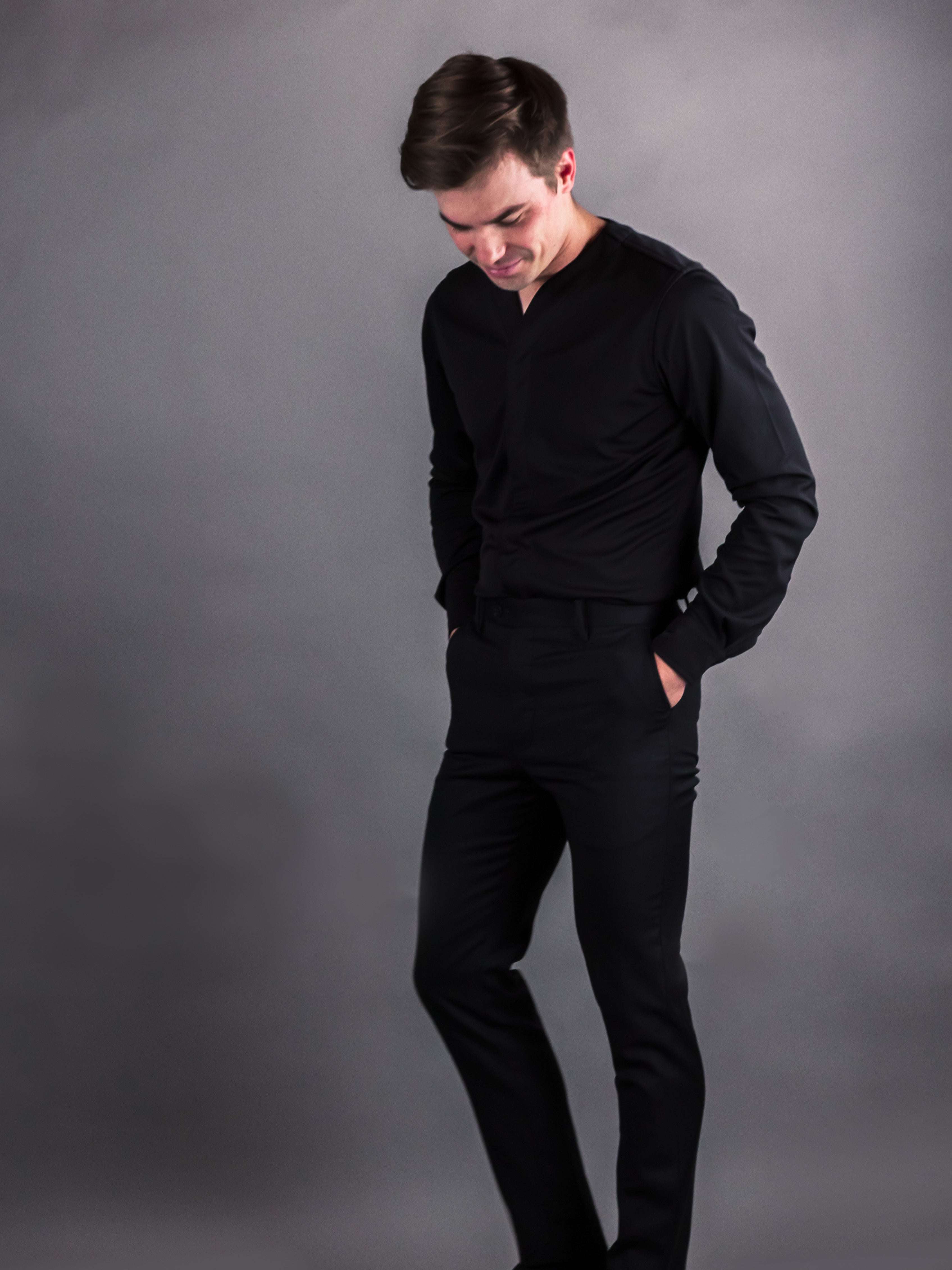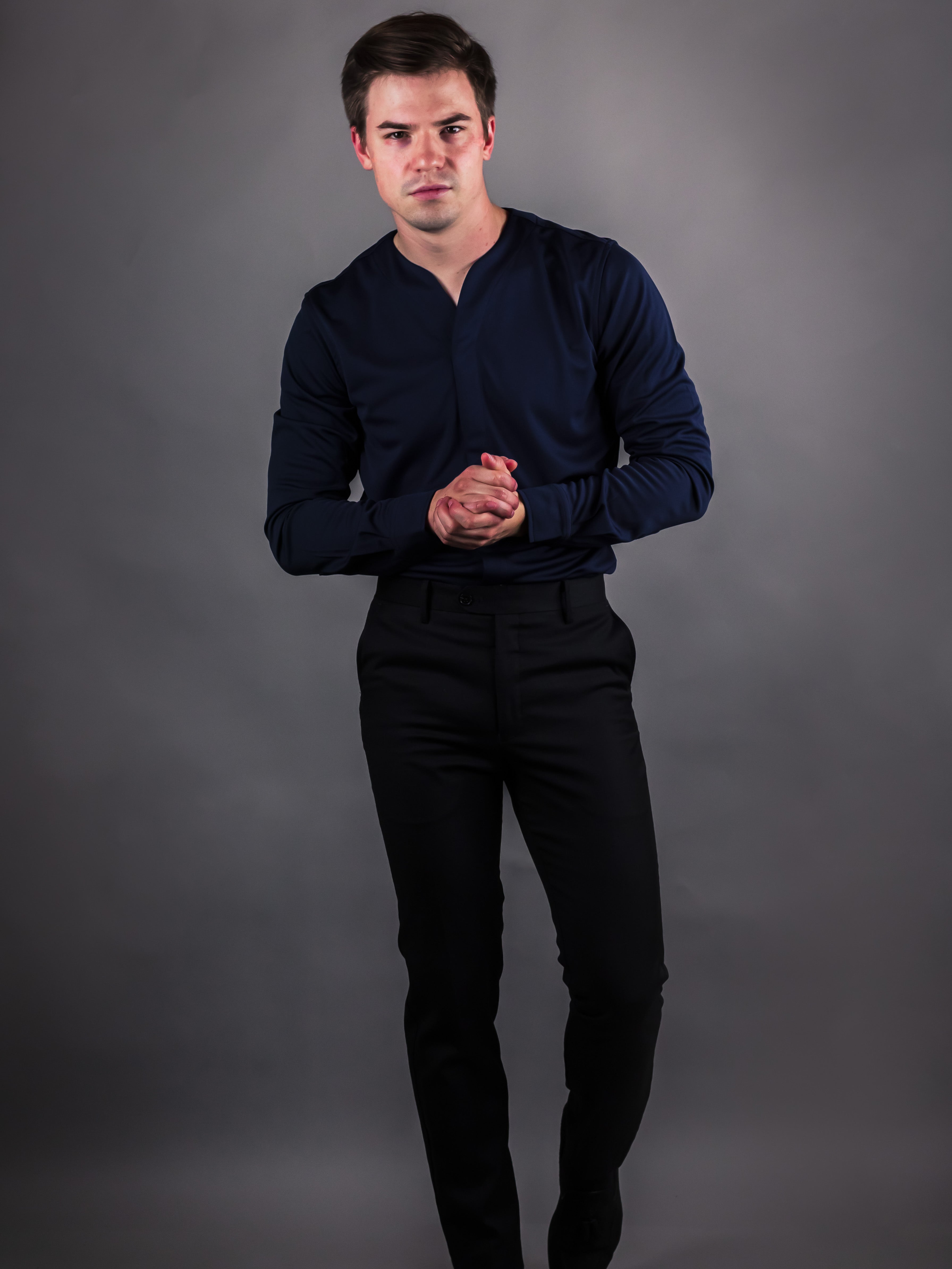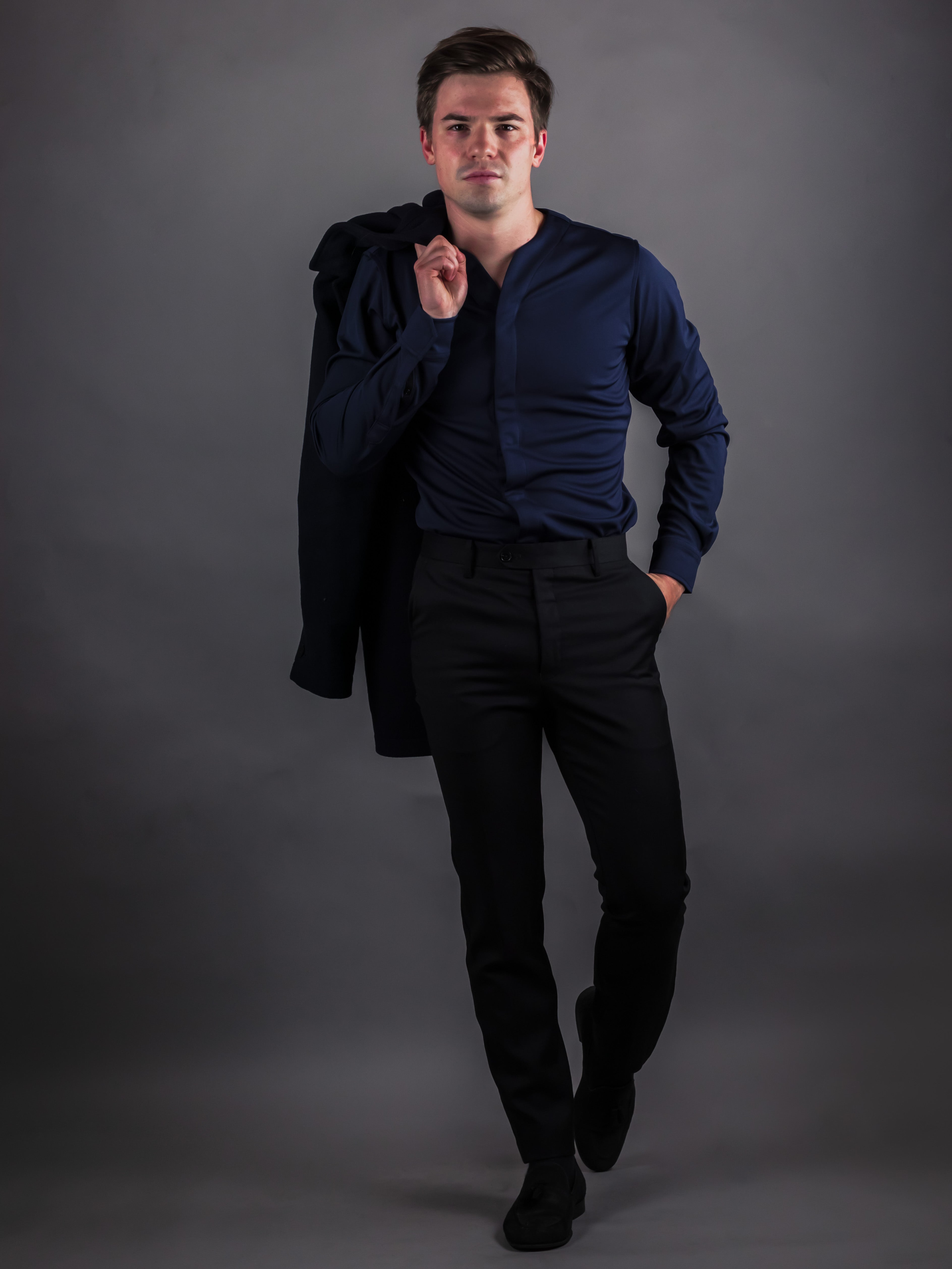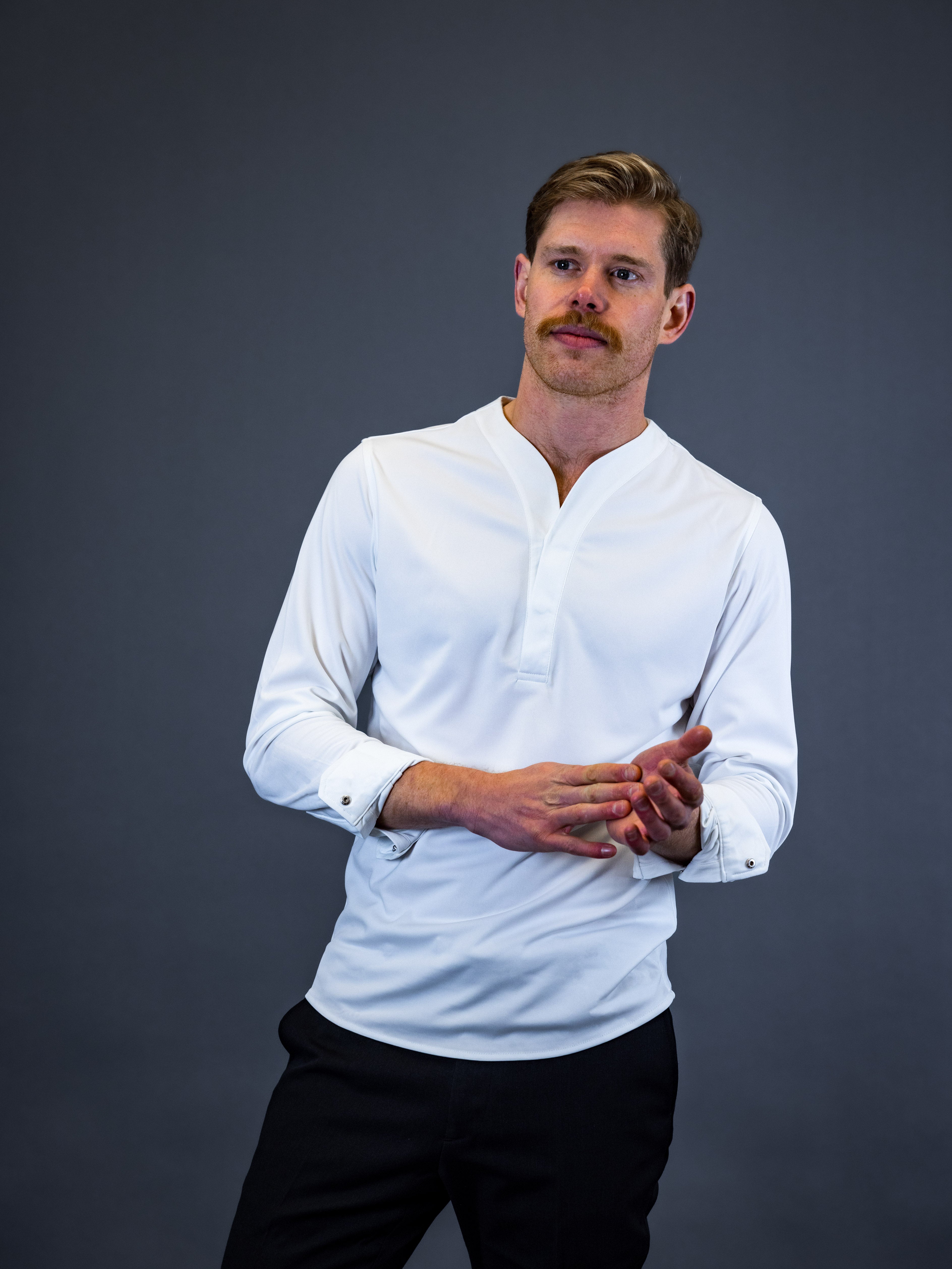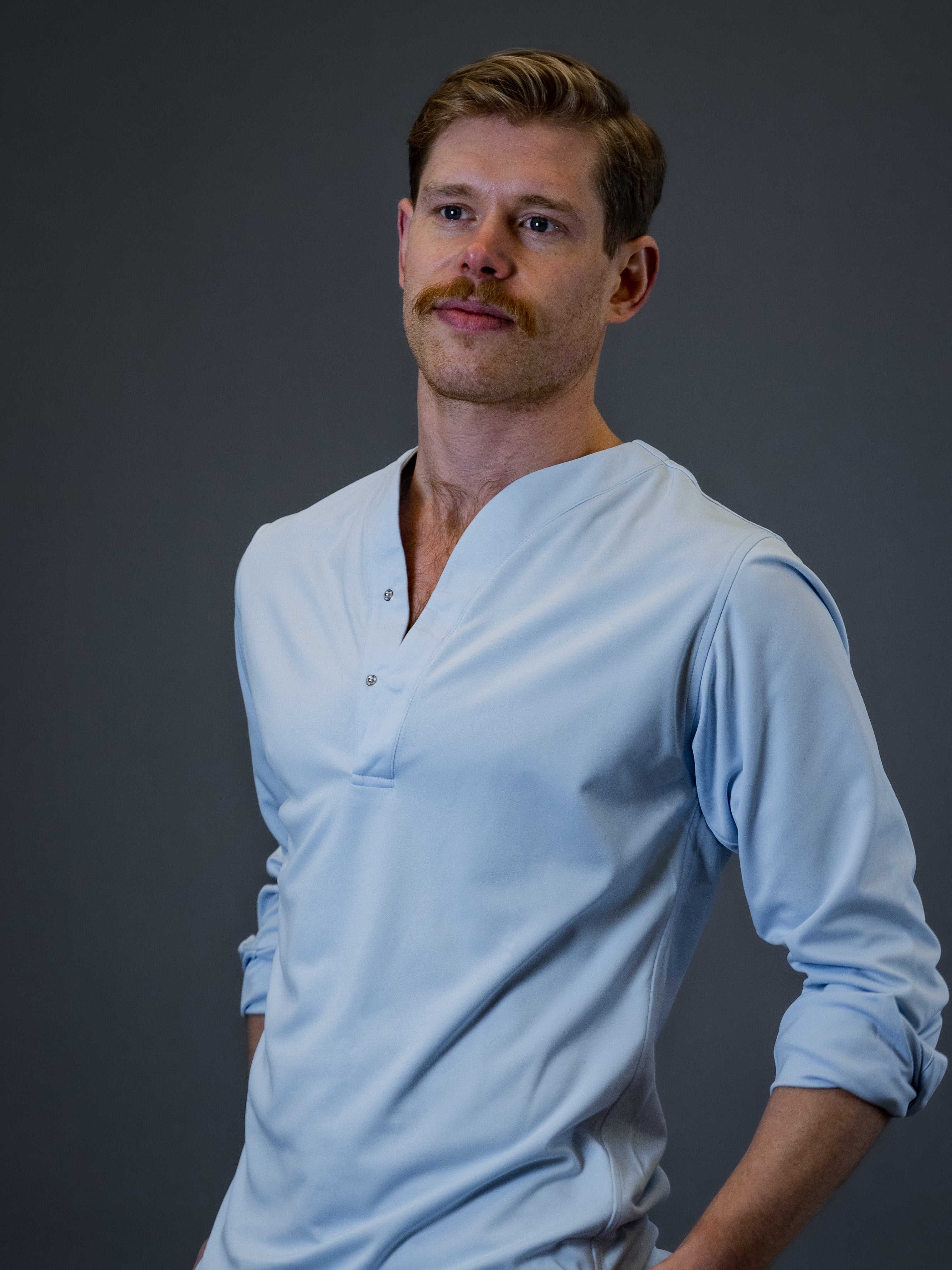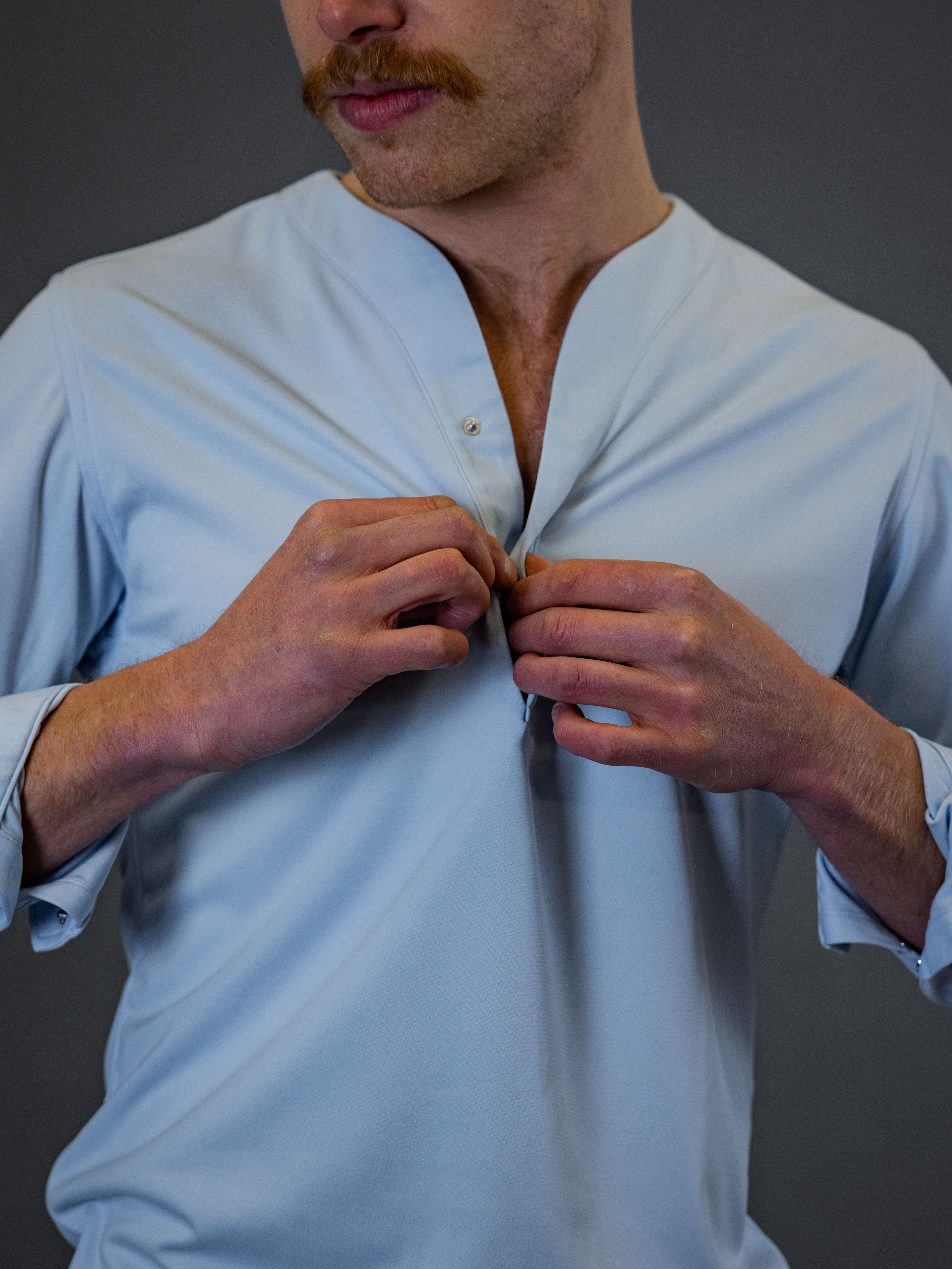The Intriguing History of the Shirt Collar
The shirt collar has come a long way and has undergone several evolutionary changes from the industrial revolution to the technological age. This feature of garments started with ruffs that were as big as a dinner plate and has continually become smaller and smaller up until its most recent iterations. Let us look at the history of the collared shirt so that we can understand where it is going in the future.

The Ruff and Band Collar
To understand the history of collars and the reason they came to be, we have to go back to the mid-15th century, when the collar first showed up in the western world, known as the ruff collar. This is the one that looks like you have an accordion wrapped around your neck.
The ruff collar was a pleated frill that was in style in Europe from the mid-16th century to the mid-17th century. It was a sign of aristocracy. The bigger your frill, the higher your status was perceived to be. It was the equivalent of wearing a Rolex today. Some referred to it as the millstone collar, after its resemblance to the millstone for grinding grain.
During this time the ruff collar was not the only option. The falling band collar was similar in many ways to the ruff collar but less accordion-like in structure. This distinct lacy collar had rectangular points falling over the chest. The falling band collar was worn in the 17th century but remained a part of the Anglican clerical uniform into the 19th century.
The Gladstone Collar
In the 19th century the ruff collar lost some of its popularity, as it became considered more feminine. At this time the Gladstone collar made its place in history. It got its name after being worn by William Edward Gladstone who was the British Prime Minister at the time. This collar was pressed in a way that enabled it to stick out at the front side of the neck. It is considered to be the inspiration for the wing collar that is worn today.
The Invention of the Detachable Collar
Mens’ white collared shirts were a sign of status. Only the rich would have the ability to maintain a perfectly white shirt. It meant you had many shirts, likely one for each day of the week. It also usually meant you had service people who were responsible for washing your clothes. This is what incentivized Hannah Montague to invent the detachable collar in 1827. She was not rich and was tired of washing her husband's clothing. She saw the detachable collar as the best way to have a shiny white collar all the time while doing less laundry. The collar could be fastened at the front or back using a collar button. This way it could be laundered separately. The invention impressed apparel manufacturers who started mass production of the detachable collar. Now, not only the upper class could wear a white collared shirt.

Celluloid Collar Stiffeners
The first plastic collar was invented in the 19th century. The celluloid material was used to stiffen the collar. While this was great for retaining shape, it had some disadvantages too. One of these disadvantages was that it couldn't stretch, which was not a great quality in a collar. Even worse, some cases were reported where men would fall asleep in their chairs and die because of the rigid collar preventing blood flow into the brain. Who knew a collar could be a killer?! Also, the celluloid collar was highly flammable. This was not great for the large portion of the population that were smokers.

The Introduction of the Soft Collar
Many people became quickly unsatisfied with the discomfort of hard collars. Plus, the invention of the washing machine saw the death of the detachable collar in general. People could wash clothing faster and easier making the detachable collar much less appealing. In the 1920s men’s fashion became about the softness of the collar. Comfort became a theme in fashion and the stiff, rigid collars were not cutting it.
That being said, the hard collar didn't go down without a fight. Many men still opposed the change and ran campaigns in the media, social gatherings, clubhouses, colleges and courtrooms for the stiff collar to continue to be a part of a man’s wardrobe. The biggest opposing party was the British, who did not like the American invention of the soft collar leading the fashion trend.
The Modern Collar
Up until the 1920s collared shirts were almost always white. The white dress shirt was associated with moral respectability and colors were not an option. This changed when the Prince of Wales (Edward VIII) decided he wanted to add more color and patterns to dress clothing. He was a popular leader of fashion at the time and his influence created a major shift in menswear.
At this point in the mid-20th century, collars are soft and shirts are beginning to appear with stripes and other colors. We are getting closer to where fashion is today. There are sharp pointed collars, rounded collars and they are all-in-one shirts without detachable collars and cuffs.

How about the dress-down polo shirts? Most people associate this piece of garment with horse riders. However, the soft-collared polo tops were developed by Jean Rene Lacoste, a tennis ace. Jean was tired of the sportswear worn then, and therefore developed the Lacoste shirt to be worn during the 1926 US Open Tennis Tournament.

From this point on, collars became the norm. Whether in sports, casual or formal events, collars could be seen. In universities around the country “smart casual” became very popular. What is driving this fashion trend is rules put in place centuries before. The collared shirts still are associated with class. We added colors but we have stuck with this strap that surrounds our neck causing itchiness and discomfort.

What We Will See in the Future
Now we see how the collared shirt has evolved over the years. The evolution has been fueled by class, conformity, rules, aristocracy and the need to do less laundry. It is clearly not comfort that has brought collars into all of our lives. It is also not an allowance for personal style either. The evolution of business apparel is not over, and the factors that are fueling fashion are changing. We see a future where there are many options to express personal style. We see a future without rules that require collars to enter certain facilities. We see a world where collarless business apparel becomes the norm.
If you have ever walked into a room and felt underdressed you know how uncomfortable that can feel. The same goes to walking into a place where you feel very overdressed. This can feel just as overwhelming. Collarless business shirts are extremely versatile because you will never feel underdressed or overdressed. It breaks the traditional norms but provides an elegant and dignified look.
You are starting to see different options with elegant curved edges and less preppy looks. The mandarin collar has become more common in the western countries as people look to move away from traditional collars. There are other variations as well popping up as people become more focused on comfort and unbound by traditional limitations.
Although the past is really interesting, Cheegs is focused on the future. Cheegs is reinventing business apparel by providing optimal comfort with collarless dress shirts. We use innovative technology to provide stain resistant, wrinkle resistant, temperature regulating fabric, and highly breathable materials so that you are set up for success. Our shirts are the most versatile business shirts in the world. Clothing should no longer hold you back.
Tired of stuffy, traditional dress shirts? Try something new with Cheegs collarless dress shirts. Available now in our shop.


